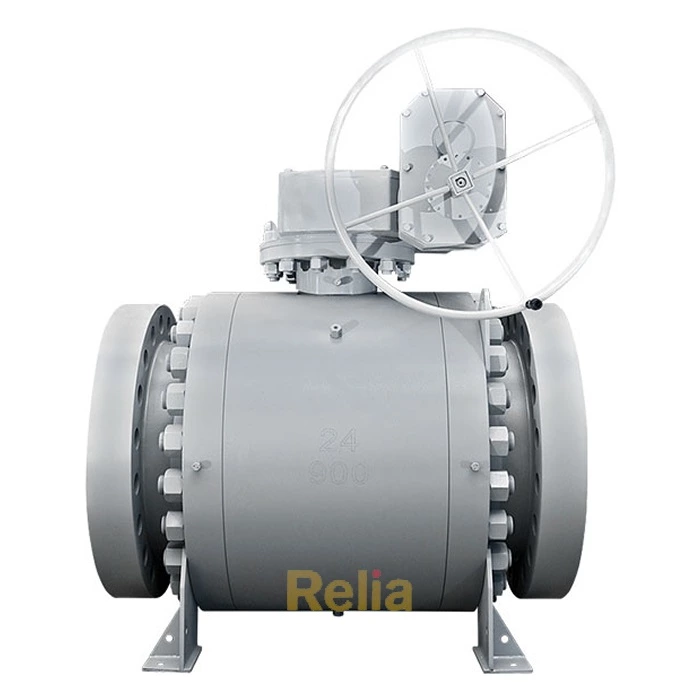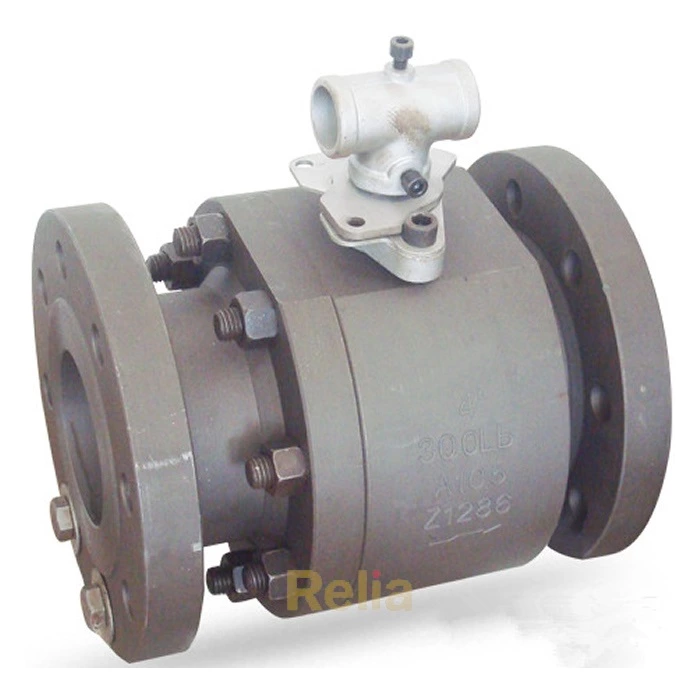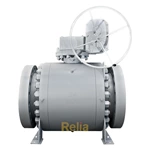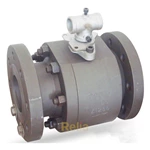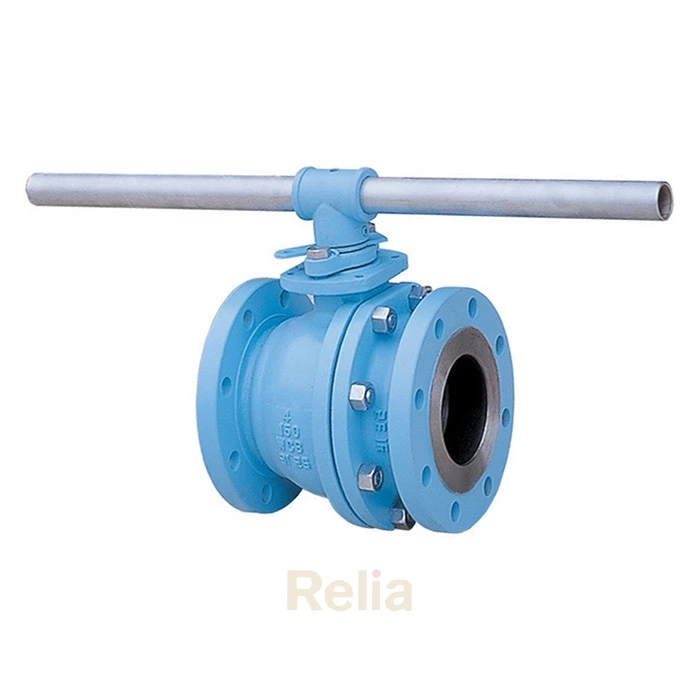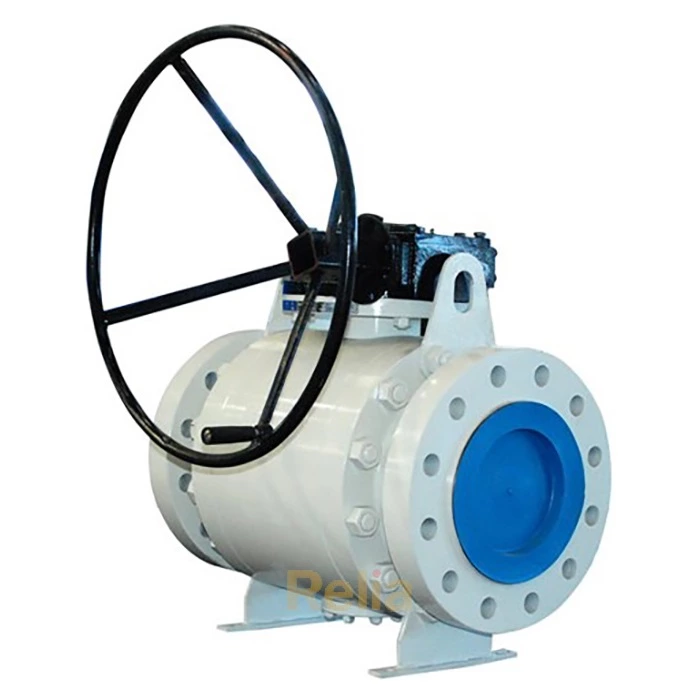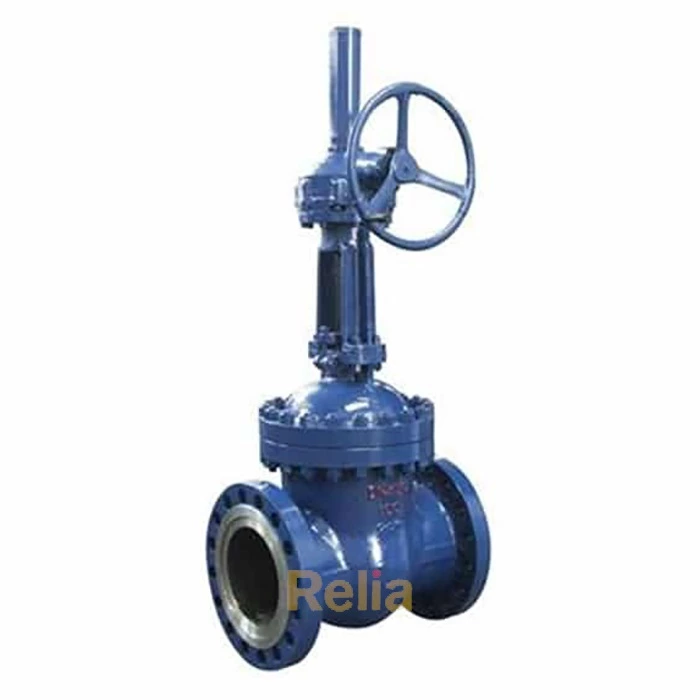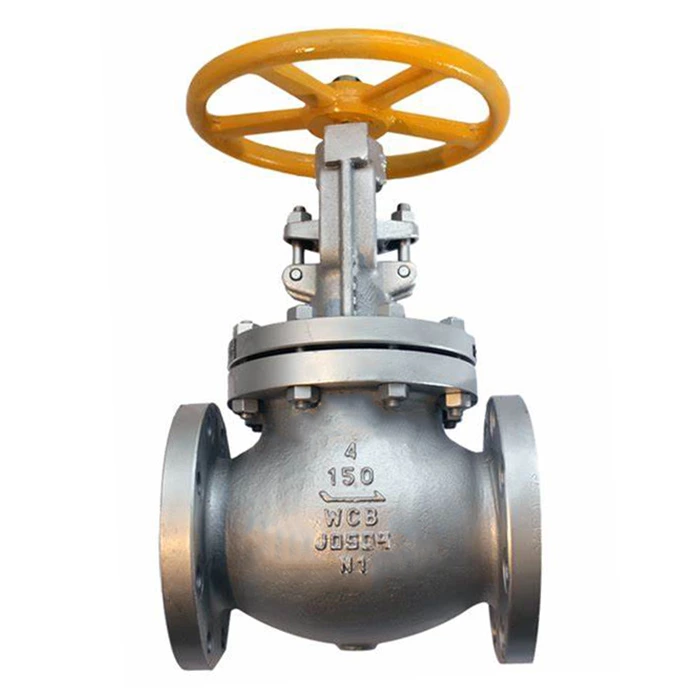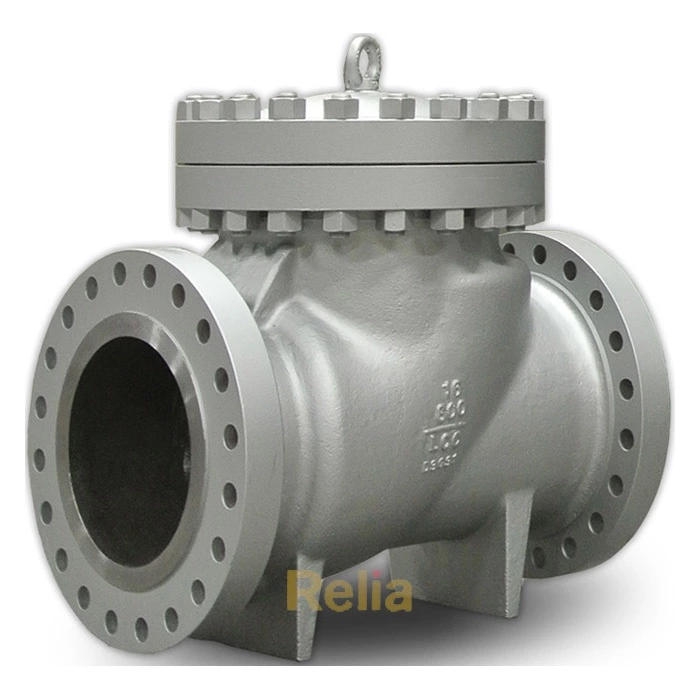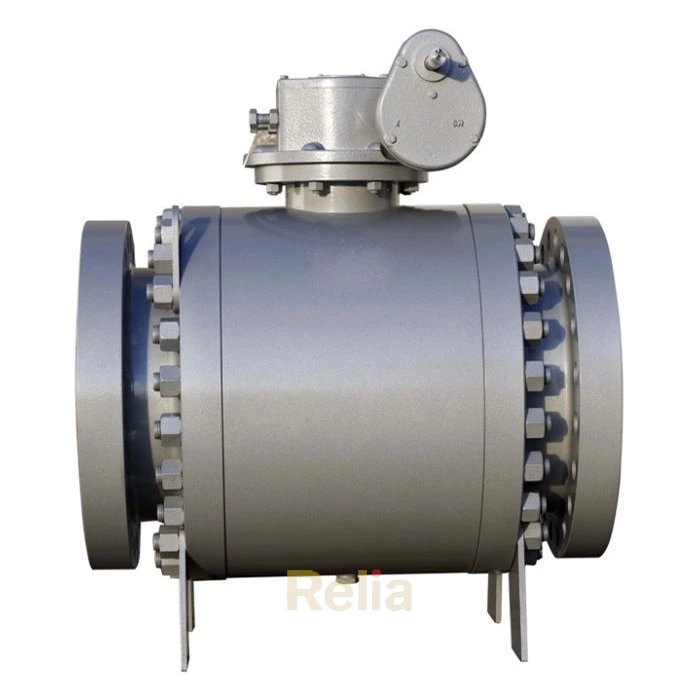A350 LF2 Ball Valve
ASTM A350 LF2 Ball Valves are made of forged low temperature carbon steel ASTM A350 LF2. More products: ASTM A350 LF2 gate valve, ASTM A350 globe valve and ASTM A350 check valves
A350 LF2 Ball Valve Specifications
| Part Name | Body/Bonnet | Bolting | Stem | Ball | Seat | Spring |
| Material | ASTM A350 LF2 | A320 L7M/ A194 7M |
A182 F316 | A350 LF2+ENP/ A182 F316 |
RPTFE, Devlon, PEEK, etc. |
Inconel 725 |
A350 LF2 Ball Valve Test Pressure
| Test Type | Test Fluid | Test Pressure (bar) | |||||
| Class 150 | Class 300 | Class 600 | Class 900 | Class 1500 | Class 2500 | ||
| Shell Test | Water | 29.4 | 77.7 | 153.2 | 229.8 | 383.0 | 638.3 |
| High Pressure Seat Test | Water | 21.6 | 56.3 | 112.3 | 168.5 | 280.9 | 468.1 |
| Low Pressure Seat Test | Air | 6 | 6 | 6 | 6 | 6 | 6 |
A350 LF2 Chemical Compositions
| Element | Composition, wt. % |
| Carbon, max | 0.30 |
| Manganese | 0.60-1.35 |
| Phosphorus,max | 0.035 |
| Sulfur, max | 0.040 |
| SiliconA | 0.15-0.30 |
| Nickel | 0.40 maxB |
| Chromium | 0.30 maxB,C |
| Molybdenum | 0.12 maxB,C |
| Copper | 0.40 maxB |
| NiobiumE | 0.02 maxD |
| Vanadium | 0.08 max |
| Nitrogen | ... |
A When vacuum carbon-deoxidation is required by Supplementary Requirement S4, the silicon content shall be 0.12 % maximum.
B The sum of copper, nickel, chromium, vanadium and molybdenum shall not exceed 1.00 % on heat analysis.
C The sum of chromium and molybdenum shall not exceed 0.32 % on heat analysis.
D By agreement, the limit for niobium (columbium) may be increased up to 0.05 % on heat analysis and 0.06 % on product analysis.
E Niobium and columbium are interchangeable names for the same element and both names are acceptable for use in A01.22 specifications.
LF2 Tensile Properties at Room TemperatureA
| LF2 Classes 1 and 2 | |
| Tensile strength, ksi [MPa] | 70-95 [485-655] |
| Yield strength, min, ksi [MPa]B Elongation: | 36 [250] |
| Standard round specimen, or small proportional specimen, min % in 4D gauge length | 22 |
| Strip specimen for wall thickness Vie in. [7.94 mm] and over and for all small sizes tested in full section; min % in 2 in. [50 mm] |
30 |
| Equation for calculating min elongation for strip specimens thinner than %e in. [7.94 mm]; min % in 2 in. [50 mm] t= actual thickness in inches |
48f+ 15 |
| Reduction of area, min, %c | 30 |
A See 7.3 for hardness tests.
B Determined by either the 0.2 % offset method or the 0.5 % extension under load method.For round specimens only.
A350 LF2 Working Pressures
| Temperature, ℃ | Working Pressures by Class, bar | ||||||
| 150 | 300 | 600 | 900 | 1500 | 2500 | 4500 | |
| -29 to 38 | 19.6 | 51.1 | 102.1 | 153.2 | 255.3 | 425.5 | 765.9 |
| 50 | 19.2 | 50.1 | 100.2 | 150.4 | 250.6 | 417.7 | 751.9 |
| 100 | 17.7 | 46.6 | 93.2 | 139.8 | 233.0 | 388.3 | 699.0 |
| 150 | 15.8 | 45.1 | 90.2 | 135.2 | 225.4 | 375.6 | 676.1 |
| 200 | 13.8 | 43.8 | 87.6 | 131.4 | 219.0 | 365.0 | 657.0 |
| 250 | 12.1 | 41.9 | 83.9 | 125.8 | 209.7 | 349.5 | 629.1 |
| 300 | 10.2 | 39.8 | 79.6 | 119.5 | 199.1 | 331.8 | 597.3 |
| 325 | 9.3 | 38.7 | 77.4 | 116.1 | 193.6 | 322.6 | 580.7 |
| 350 | 8.4 | 37.6 | 75.1 | 112.7 | 187.8 | 313.0 | 563.5 |
| 375 | 7.4 | 36.4 | 72.7 | 109.1 | 181.8 | 303.1 | 545.5 |
| 400 | 6.5 | 34.7 | 69.4 | 104.2 | 173.6 | 289.3 | 520.8 |
| 425 | 5.5 | 28.8 | 57.5 | 86.3 | 143.8 | 239.7 | 431.5 |
| 450 | 4.6 | 23.0 | 46.0 | 69.0 | 115.0 | 191.7 | 345.1 |
| 475 | 3.7 | 17.4 | 34.9 | 52.3 | 87.2 | 145.3 | 261.5 |
| 500 | 2.8 | 11.8 | 23.5 | 35.3 | 58.8 | 97.9 | 176.3 |
| 538 | 1.4 | 5.9 | 11.8 | 17.7 | 29.5 | 49.2 | 88.6 |
Charpy V-Notch Energy Requirements for Standard Size
[10 by 10 mm] Specimens
| Grade | Minimum Impact Energy Required for Average of Each Set of Three Specimens, ft-lbf [J] |
Minimum Impact Energy Permitted for One Specimen only of a Set, ft-lbf [J] |
| LF2, Class 1 | 15 [20] | 12 [16] |
| LF2, Class 2 | 20 [27] | 15 [20] |
Standard Impact Test Temperature for Standard Size
[10 by 10 mm] Specimens
| Grade | Test Temperature, °F [°C] |
| LF2, Class 1 | -50 [46] |
| LF2, Class 2 | -0 [-18] |
Leave Us Your Info
Could you please kindly fulfill the following information when enquiring:
Valve type (ball, gate, globe, check etc.), valve size, pressure class, valve material, and end connection (flanged, butt welding etc.)
